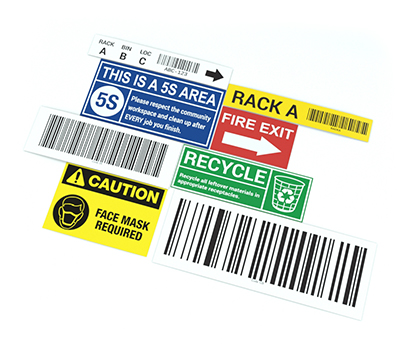
When most people plug something in at their homes or offices, they will be using an AC, or alternating current, power system. This is in contrast to the DC (direct current) power systems that are used in certain commercial and industrial situations, and in residential systems in Europe and other locations. Understanding AC power standards will help ensure that all the wires and electrical systems in the workplace are properly hooked up, and will be able to provide reliable power to all the critical systems.
AC Power Color Standards
One of the most important standards associated with AC power systems is the color of the wires that are used. Following the color standards will make it easy to tell what each wire is being used for, which allows the electrician or other professional to avoid mistakes or other problems that could cause serious dangers. There are a number of different options depending on the power of the system being wired. For AC power systems that are 120, 208, or 240 volts, the following are the typical colors:
- Phase 1 will be a black wire
- Phase 2 will be a red wire
- Phase 3 will be a blue wire
- The neutral wire will be white
- The ground wire will be green, or green with a yellow stripe
When using higher voltage systems like 277 or 480 volts, the following are the color standards that should be followed:
- Phase 1 will use a Brown Wire
- Phase 2 will use an Orange Wire
- Phase 3 will use a Yellow Wire
- The neutral wire will be gray
- The ground wire will be green, or green with a yellow stripe
Being able to quickly identify each cable in an AC power system will make it safer to work with and around. Of course, only a trained electrician should perform any type of maintenance or other work on an AC (or any) electrical system.
Similar Questions
- What are wire color codes?
- What is a phase wire?
- What are DC power standards?
- How are neutral wires identified?
- What is the gray wire color used for?
- What is the Color of the Ground Wire?
- What is neutral wire color?
- What does the neutral wire do?
- What’s the difference between a positive and neutral wire?

